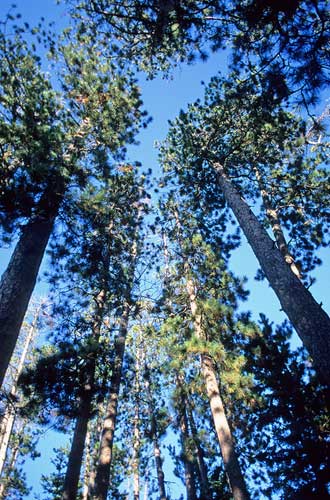Tax Reduction
How can I reduce my taxes?
Woodlands are subject to some of the highest property taxes in Wisconsin, but there are definitely ways to reduce them. A key first step is to understand your tax bill and make sure your land is classified correctly for tax purposes. Another option is to enroll in Wisconsin’s Managed Forest Law (MFL) program, described below.

Managed Forest Law
Wisconsin’s Managed Forest Law (MFL) program, administered through the Wisconsin Department of Natural Resources (WDNR), is an incentive program that encourages good forest management. In exchange for following an approved forest management plan (see below), landowners pay forest tax law program rates instead of regular property taxes.
What’s required?
Landowners who enter the program must complete a forest management plan. These plans specify practices for wildlife management, water quality protection, and other objectives on the landowner’s property.
The suite of practices in the plan must include the harvesting of timber in accordance with sustainable forestry standards set forth by WDNR; for example, cutting trees on a rotational basis and planting trees after a harvest.
The plan also must be written by a Certified Plan Writer: a private consulting forester certified by the DNR to write management plans for the MFL program.
Who is eligible to enroll?
To be eligible, landowners must own a minimum of 20 contiguous acres, 80 percent of which must be capable of producing merchantable timber. The annual deadline to enroll in MFL is June 1st to be in effect the following year.
How long is the contract?
An MFL contract spans 25 or 50 years. It’s transferable to a new owner for a small fee.
Is public access to my land required?
No. Land enrolled in the MFL program can be open or closed to public use. A landowner may request that up to 320 acres of his or her property per municipality be closed to the public in exchange for paying a higher tax rate. Note: The number of acres that can be closed to the public increased from 160 to 320 in January 2017.
Authorized public uses of MFL land include hunting, fishing, hiking, sight-seeing, cross-country skiing, and other non-motorized forms of recreation.
Who do I contact for more information?
For more information, visit WI DNR Forestry’s Managed Forest Law website or schedule a free property visit with your DNR forester to get the enrollment process started.
